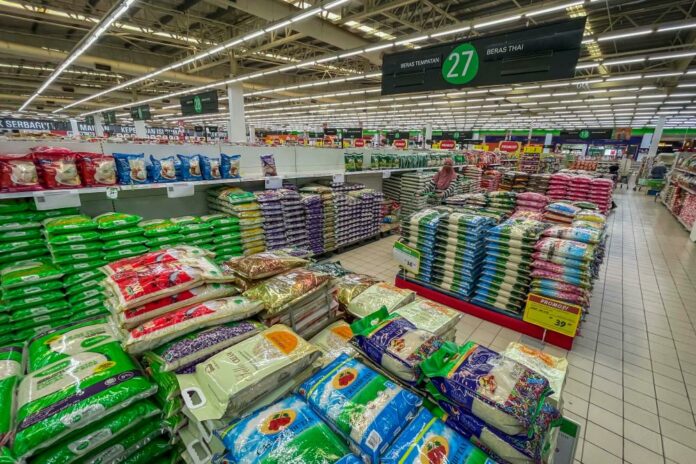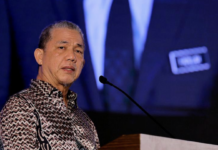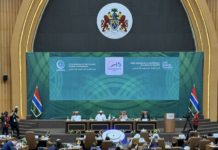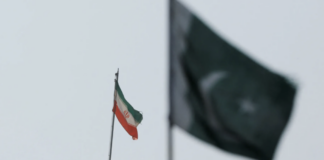KOTA KINABALU, Sept 19 — Local rice production and supply in Sabah needs to be increased, to ensure that there is no sudden hike in the price of rice, and it is always affordable to help the people, especially the low-income group.
In contrast to the situation in the Peninsula, Sabah local rice prices float in the market and are not included in price control based on the Padi and Rice Control Act 1994 (Act 522), Rice (Grades and Price Control) (Amendment) (No.5) 2008 Order.
Surveys in several cities in the state including Kota Kinabalu, Sandakan, and Tawau, found that the supply of local rice in Sabah has dropped compared with before, and there was an increase in price from around RM26 for 10kg previously to around RM37 for the same packaging.
A supervisor at a supermarket here, Adam Hakimi Romme, 28, said that currently there is a supply of both local and imported rice, but the selling price of the rice depends on supply and demand.
“When the supply of rice is limited, the demand becomes high, so the price will increase. In this one or two weeks, that’s how it is with our suppliers, with limited supply arriving, only half compared with a normal day, reaching only about half of its usual quantity, resulting in a price hike,” he told Bernama.
Currently, the increased prices of imported rice are among the reasons why many consumers are switching to local rice, which in turn increases demand and the price of local rice itself.
Heavy machinery mechanic, Mohd Hasli Juraimi, 31, said that many Sabahans choose local rice because the price is cheaper than imported ones. However, the current situation poses difficulty as the price of local rice has increased along with the price of imported rice.
“Many Sabahans cannot afford to buy imported rice, especially now at the price of RM48 to RM58, so local rice is our hope to feed the family. However, it (local rice) also went up to RM37 so we must control this price to help poor people like us,” he said.
Sabah West Coast Smart Consumer Association president David Chan said that the subsidy for local rice by the government could increase local rice production, to cover the shortage of imported rice in the country.
Deputy Chief Minister I Datuk Seri Dr Jeffrey Kitingan said that the Sabah government is working to increase the self-sufficiency level (SSL) of Sabah rice to 60 per cent by 2030, through the Sabah Maju Jaya Development Plan, to ensure a balanced supply of local rice in the market.
Jeffrey, who is also the Sabah Minister of Agriculture, Fisheries and Food Industry said that in 2021, the state imported 290,000 metric tonnes of rice, while local rice production was only at 22,000 metric tonnes.
He said that Sabah requires an allocation of RM166 million from the federal government to develop 8,602.52 hectares of abandoned paddy fields to increase the SSL for Sabah’s rice by six per cent, and RM16.91 million for the 18,733-hectare Dryland Rice Cultivation Programme (HUMA) to increase the state’s rice SSL by 7 to 10 per cent.
“The initiative to cultivate 11,000 hectares of paddy field in Tunku, Lahad Datu, under Felda, can potentially increase Sabah’s rice SSL by 30 to 40 per cent. Fertiliser supply also needs to be managed by the Sabah government, to avoid delays or supply quality,” he said.
In principle, Jeffrey said that the efforts to regulate paddy and rice can be better and more effective if the regulation and autonomy are given to the Sabah government, as it has a better understanding of the situation and the issues in the state.



















